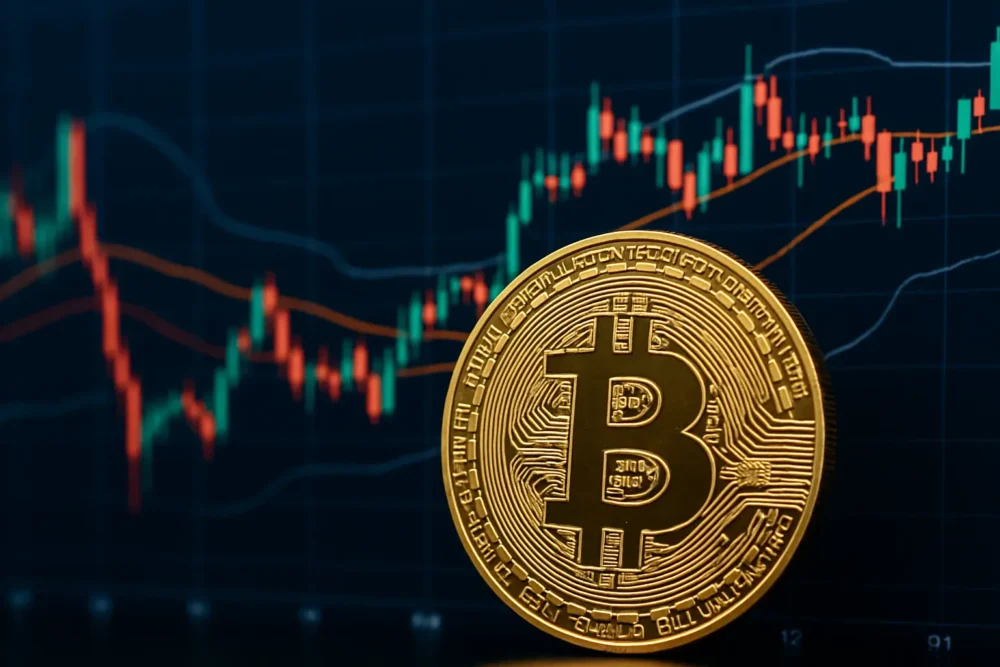Cryptocurrency custody firm BitGo is set to launch a new dollar-backed stablecoin, USDS, by 2025, according to a statement made on 18 September.
The company announced the plan at the Token2049 event in Singapore. Stablecoins, like USDS, are cryptocurrencies tied to a stable asset such as the US dollar to avoid price volatility.
Popular stablecoins, like Tether ($USDT) and Circle’s $USDC, already dominate the market. However, BitGo’s USDS aims to stand out by rewarding institutions that support its network.
Rewards for liquidity providers
The upcoming stablecoin will be backed by reliable assets like short-duration Treasury bills, overnight repos, and cash. This would ensure that its value remains stable, similar to other well-known stablecoins.
BitGo’s main goal with USDS is to attract institutional interest by rewarding those who provide liquidity to the system. This would set USDS apart from other stablecoins in the market.
“USDS introduces a novel reward system that deploys up to 98% of earnings to participants who support the ecosystem”, BitGo stated.
This means institutions, exchanges, and liquidity providers can earn rewards for contributing to the network. At the end of each month, these returns will be distributed on a pro-rata basis.
Unlike other stablecoins that mainly focus on holding value, USDS will actively distribute a portion of its earnings to those keeping the system running.
BitGo’s CEO, Mike Belshe, explained the reasoning behind this new approach, saying,
“The main reason for launching USDS is that while existing stablecoins serve a good function, we see an opportunity to create a more open and fair system that promotes innovation and, most importantly, rewards those who build the network.”
This reward-based system aims to create what BitGo calls the first “open-participation” stablecoin.
Anyone who provides liquidity to the USDS network can earn rewards, offering a more inclusive approach than other stablecoins.
Competing in a crowded market
This setup is also designed to avoid regulatory issues, particularly in the US, where securities laws have made it difficult for some crypto projects.
BitGo plans to avoid this by distributing rewards only to liquidity providers, rather than to individual users. This keeps the operation from being classified as a security, which has been a problem for other projects.
In the broader sense, the stablecoin market is highly competitive. Tether’s $USDT is the biggest player, with a market cap of about $119 billion.
Circle’s $USDC, which is the second-largest stablecoin, is much smaller, with a market cap about one-third the size of Tether. In this competitive environment, BitGo hopes to stand out with its rewards-based model.
Other stablecoins that have tried to offer similar reward systems, such as Mountain Protocol and Lift Dollar, have had to exclude US markets due to regulatory concerns.
By focusing on institutions rather than end users, BitGo believes it can navigate these legal hurdles.
Big plans for the future
BitGo has ambitious goals for USDS. The company is aiming for USDS to hold $10 billion in assets within a year of its launch. To achieve this, BitGo plans to list USDS on all major exchanges, making it accessible to a wide audience.
Additionally, BitGo is committed to transparency. The company will provide real-time proof of reserves on a dedicated website, and monthly audits will be conducted by a top-tier accounting firm.
This level of transparency is expected to build trust among users and institutions, especially as concerns about the backing of certain stablecoins have surfaced in recent years.
BitGo’s move into the stablecoin sector comes at a time when major financial institutions, such as PayPal and Ripple, are also exploring this space.
Stablecoins are becoming more popular due to their practical use in the crypto world, providing stability compared to volatile cryptocurrencies like Bitcoin.
Venture capitalist, Nic Carter, highlighted the increasing use of stablecoins in everyday transactions. He pointed out that stablecoins are not just used for crypto trading, but are also becoming part of daily economic activities, especially in countries with unstable currencies.
“[Stablecoins] are being used not just for crypto trading, but increasingly feature in the ordinary economic lives of these individuals”, said Carter.

